Counting Seals with AI: Live Annotations
1. Play Video
2. Ensure it's LIVE
3. Watch it count!
The Marine Mammal Center Live Stream & Sealcounter.ai - SealCounter.ai is a project designed to automate the detection of elephant seals from live stream footage to assist researchers and conservationists in monitoring seal populations more efficiently.
Seal Detections Today
Tracker showing seal detections throughout the day.
Daily Timelapse
What is SealCounter.ai?
Welcome to SealCounter.ai! We're using the latest Artificial Intelligence to help protect wildlife, starting with the amazing elephant seals at places like Point Reyes, California.
For years, dedicated researchers have undertaken the challenging and time-consuming task of manually counting these animals. While essential, this traditional method can be difficult to scale for large colonies or continuous monitoring.
SealCounter.ai offers a new approach. By utilizing Artificial Intelligence, our system automatically detects and counts seals from live video feeds. This provides researchers and conservationists with faster, more consistent, and efficient insights into seal populations.
Our goal is to provide a vital data resource that supports the crucial work of understanding, protecting, and conserving these magnificent marine mammals and their ecosystems.
How SealCounter.ai Works
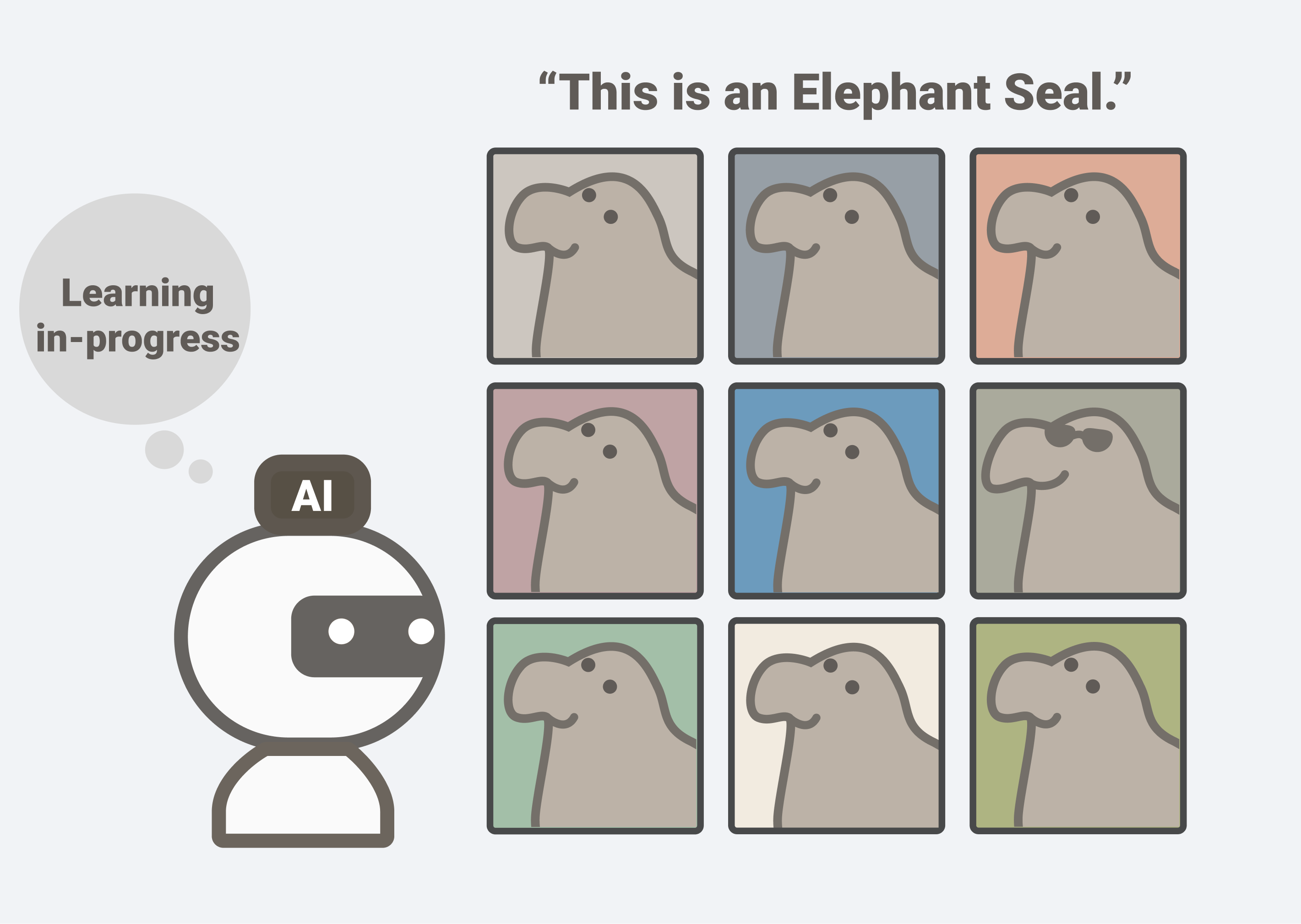
1. Training the AI
Our AI learns from vast image data, meticulously collected and annotated by our dedicated team, to recognize elephant seals by their unique shapes and features.

2. Real-time Observation
The AI continuously analyzes live video, watching for seals in the designated area.
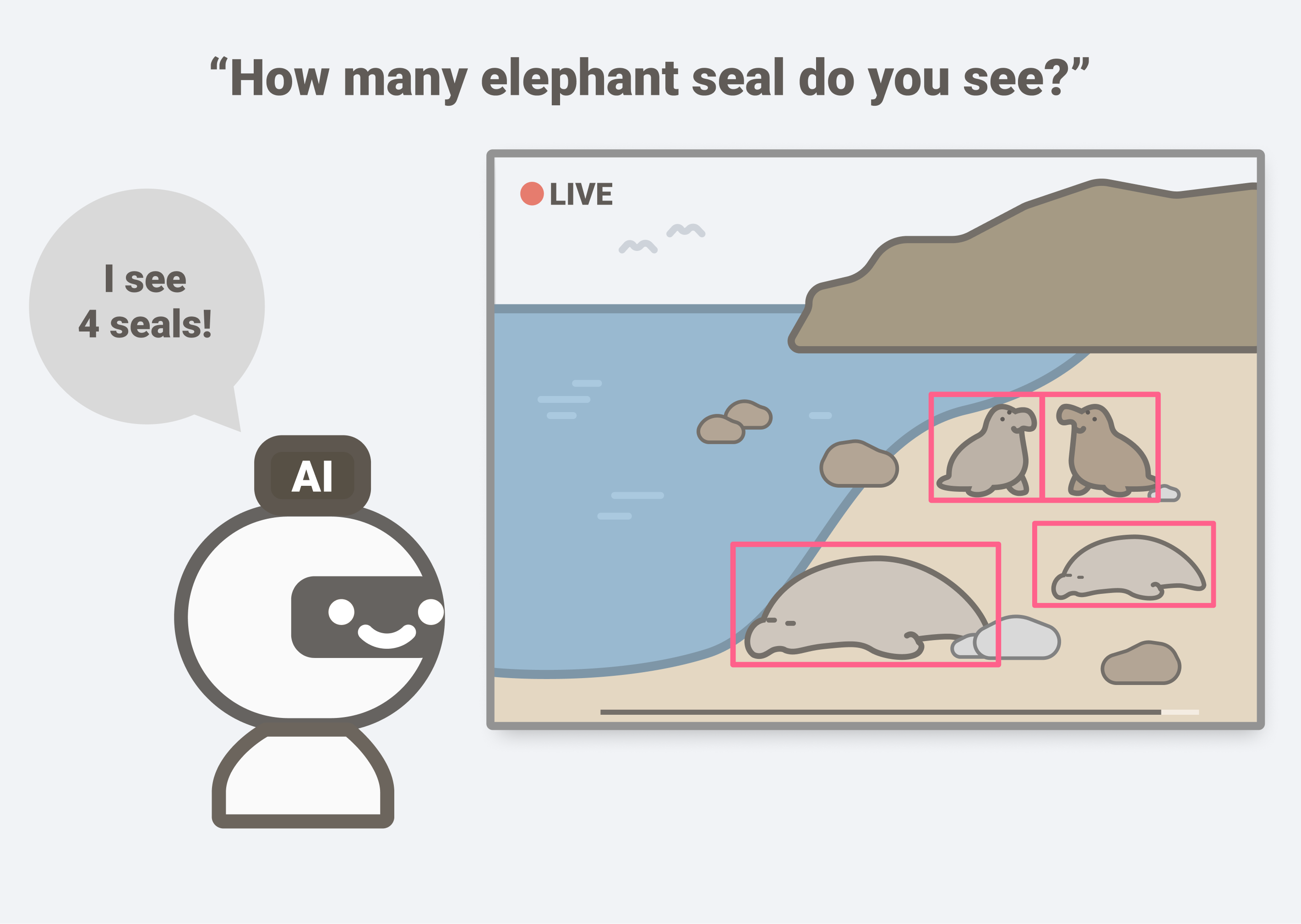
3. Automated Counting
Detected seals are automatically counted, providing up-to-date population data.
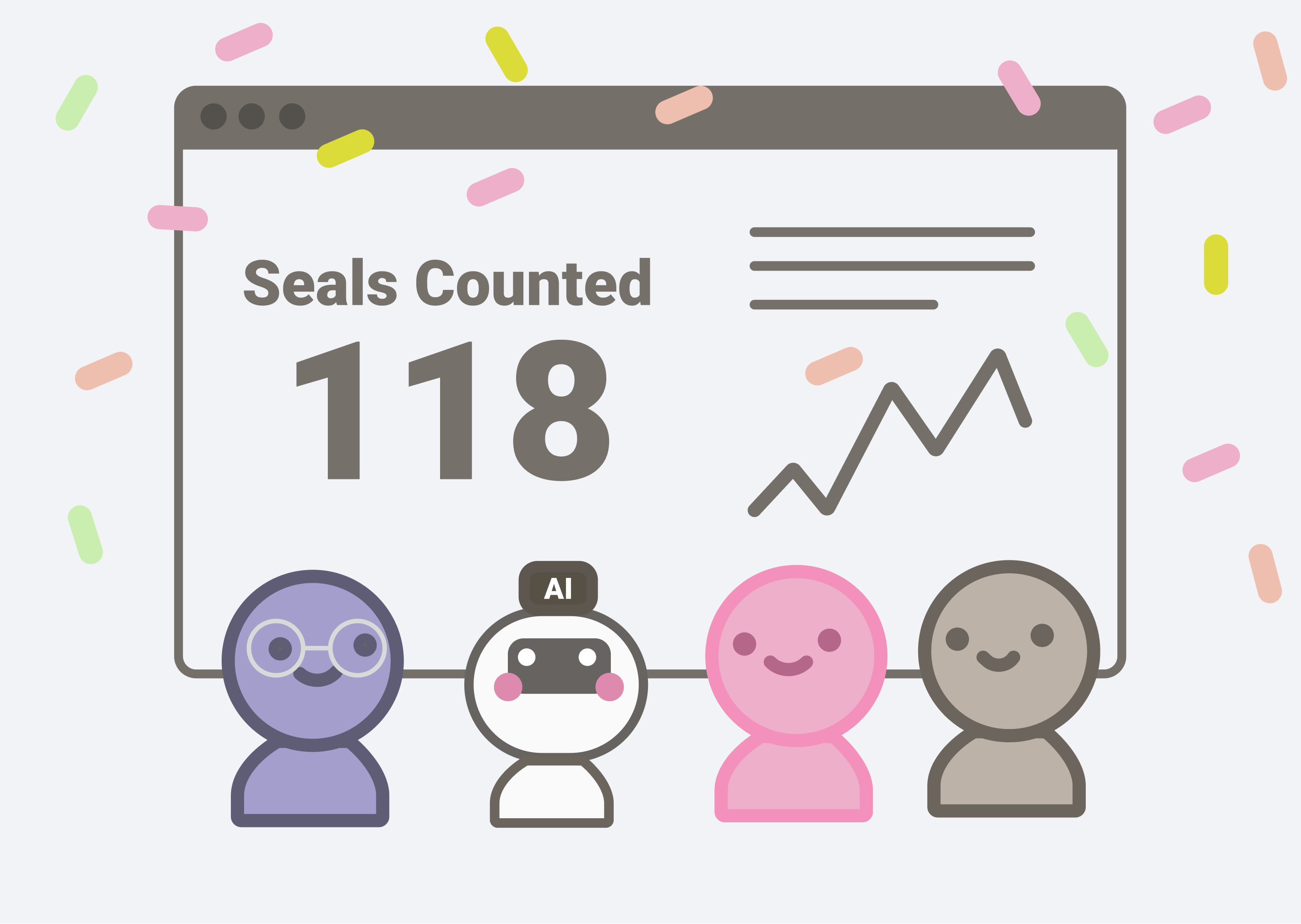
4. Future Goals
We're enhancing our AI to identify seal types, individual traits, and behaviors for richer insights.
About Us

Hello from OneSealTwoSeal! We're a team that brings together a love for nature, a bunch of different tech skills, and a creative approach to solving problems. We are driven by our desire to use technology to help wildlife and support the important work of researchers and conservationists.
We're all fascinated by elephant seals and believe technology can really help protect them. It all started when we noticed how much effort goes into manually tracking these animals. We asked ourselves: "Could AI help make this essential job easier?" That question sparked the idea for SealCounter.ai.
Our project lead kicked things off and guided our vision, combining a love for wildlife with skills in design and working with AI. A big part of our journey was using AI tools to turn our ideas into real, working software, which sped things up a lot!
And we couldn't have done it without our talented backend team. They built the strong technical setup needed to run the AI, process live video, manage data, and keep SealCounter.ai running smoothly. Their know-how in handling data and building systems makes this whole project possible.
Our Story & Inspiration
The Need for Innovation in Seal Monitoring
The journey to SealCounter.ai began by recognizing the incredible dedication of those already monitoring elephant seals, including volunteers who meticulously count them, compile detailed reports, and share valuable information. Learning about their intensive processes highlighted both their commitment and the inherent challenges of manual methods. Manual counting is time-consuming, labor-intensive, and can be difficult to scale, especially with continuous data streams like 24/7 live feeds. This presented a clear opportunity: could technology enhance these efforts, particularly by automating the initial step of locating seals within imagery?
The Challenge: Protecting Elephant Seals Through Data
Elephant seals, such as the colonies at Point Reyes, California, are vital subjects for scientific study. Monitoring their population dynamics provides critical data for conservation strategies. However, traditional manual counting methods, whether by dedicated volunteers or researchers, demand significant time and resources. Consistency and accuracy can also be challenging to maintain across large datasets, extensive video footage, or widespread seal congregations.
Our Approach: AI-Powered Seal Detection
SealCounter.ai utilizes computer vision, a field of AI that enables computers to "see" and interpret images. The system is being trained to automatically identify elephant seals in footage, including images from the Point Reyes live stream. The primary aim is to demonstrate the viability of automated detection as a foundational step towards more comprehensive monitoring tools.
A key component is the SealCounter.ai website, designed to provide clear and accessible insights from the AI. It allows users to observe the AI's detection capabilities, such as drawing bounding boxes around seals in near real-time, and to understand the resulting population counts. The emphasis during its development was on user-friendliness and the clear presentation of data to serve the conservation community.
Current Status and Future Vision
SealCounter.ai demonstrates the potential of AI as a valuable ally in wildlife protection. The AI model is continually learning and improving, particularly in complex scenarios like dense aggregations of seals. The website offers a transparent look at its current capabilities. This project represents an application of innovative technology to support planetary health. The ongoing development is driven by the goal of creating an increasingly helpful tool for researchers, educators, and anyone dedicated to the conservation of these magnificent marine animals.
The Remarkable Return of Point Reyes Elephant Seals
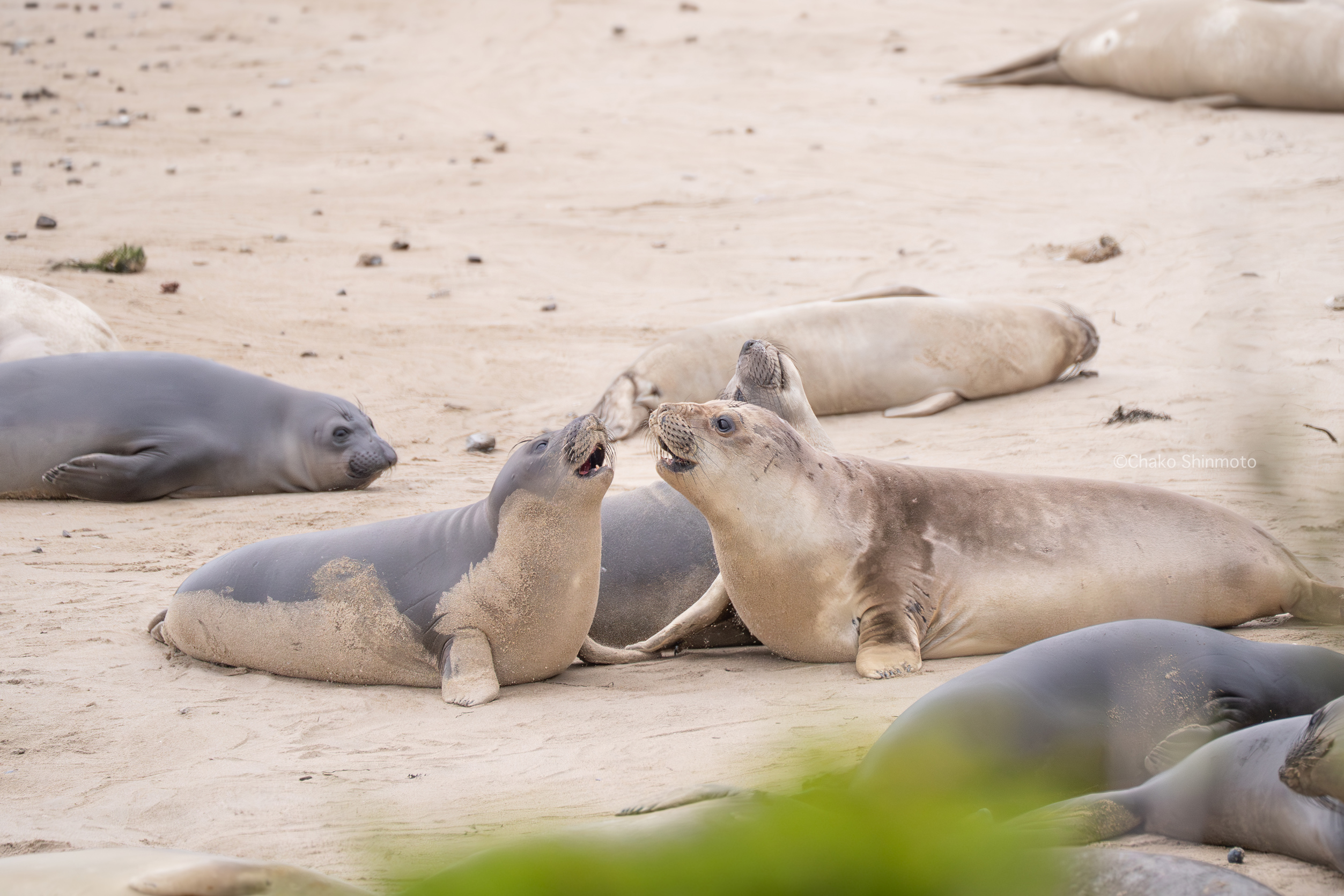
The northern elephant seals of Point Reyes tell an inspiring story of resilience and the success of conservation. Imagine this: for over 150 years, these incredible marine mammals were missing from the peninsula, nearly wiped out by hunting in the 19th century. The shores were silent, without their familiar calls.
But then, a hopeful chapter began. In the early 1970s, a few brave elephant seals started returning to their ancestral breeding grounds at the Point Reyes Headlands. This was a truly significant moment. By 1981, the first breeding colony was officially re-established, marking a courageous comeback for the species.
Since that time, the elephant seal population has not just survived, but thrived. They've expanded to new areas within Point Reyes National Seashore, including Chimney Rock, South Beach, and Drakes Beach, with each new site marking another step in their recovery.
Today, the numbers are a testament to this success: as of 2022, around 2,700 northern elephant seals gather at Point Reyes during their peak breeding season (December to April). This remarkable resurgence is thanks to vital legal protections, like the Marine Mammal Protection Act, and the tireless work of scientists and volunteers. Witnessing them today is a privilege, a living example of wildlife conservation making a profound difference.
Elephant Seals Viewing Sites
Año Nuevo State Park
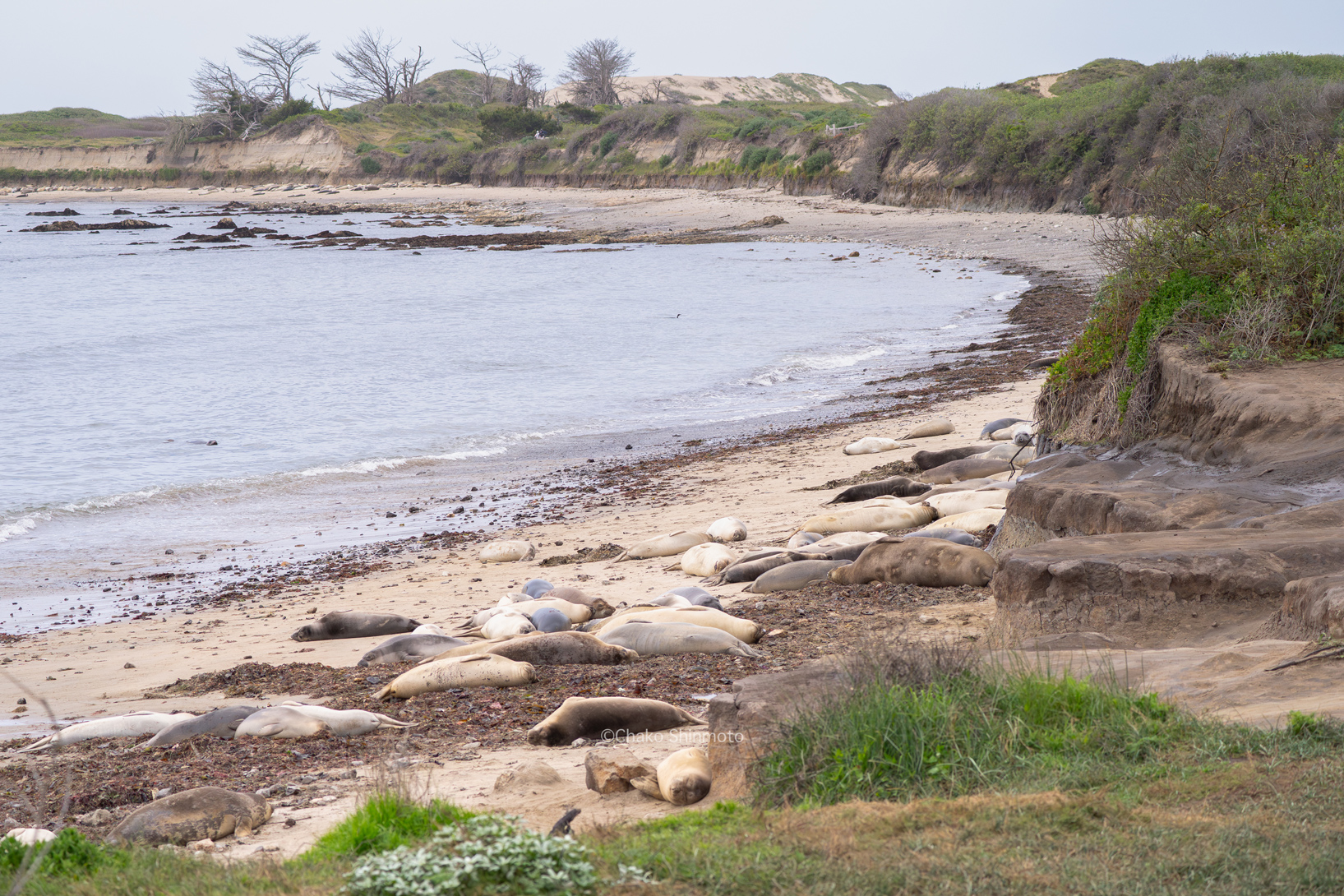
This is one of the largest mainland breeding colonies for northern elephant seals globally. Research here, heavily supported by University of California, Santa Cruz, and involving numerous volunteers (docents and researchers), has been ongoing for decades, providing one of the most comprehensive datasets on elephant seal biology and population dynamics. Volunteers lead guided walks and help with data collection.
Point Reyes National Seashore - Drakes Beach
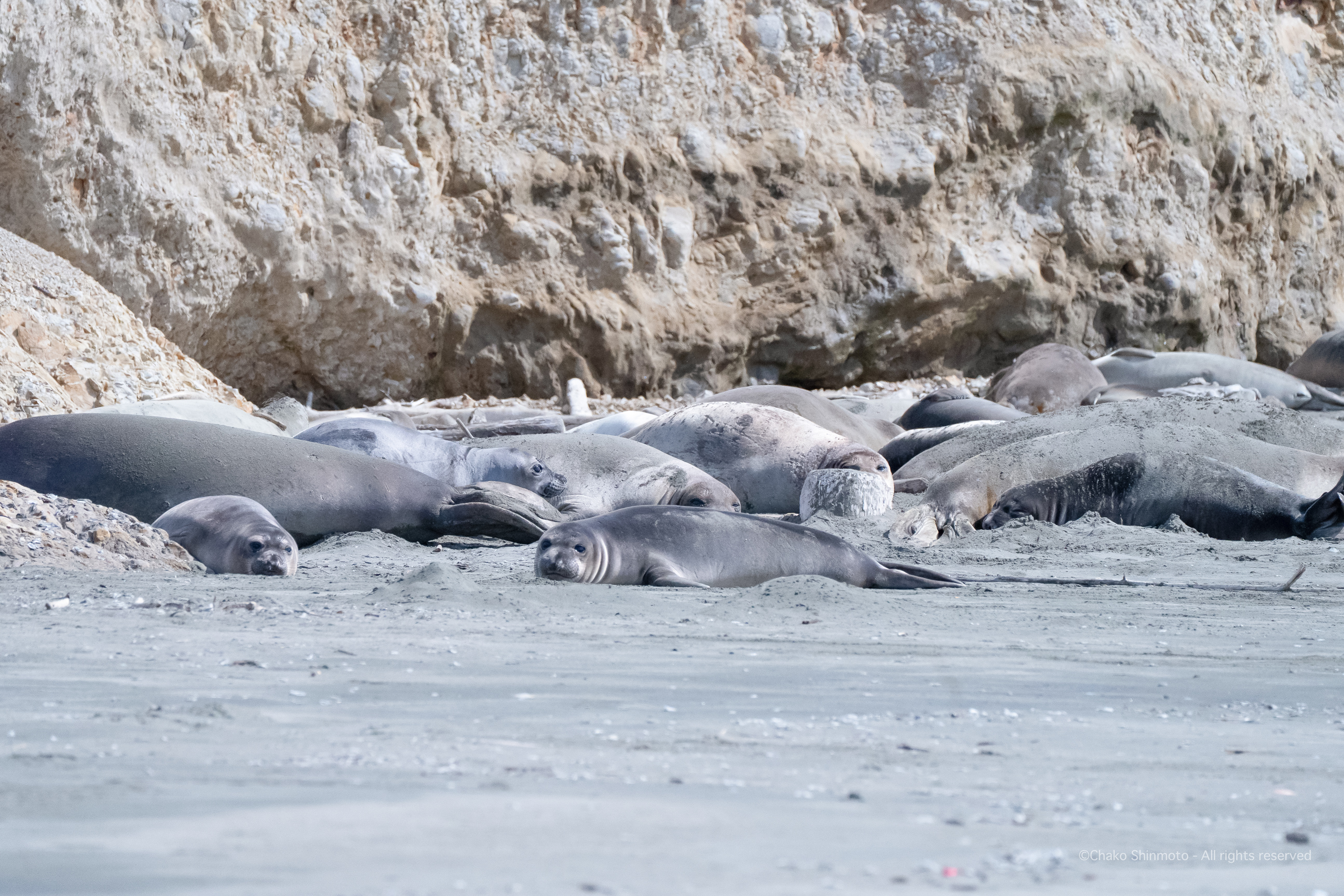
Elephant seals returned to Point Reyes in the early 1970s and established a breeding colony by 1981. Drakes Beach is one of the accessible viewing areas. The National Park Service, often with the help of volunteer monitors, tracks the population here.
The Marine Mammal Center
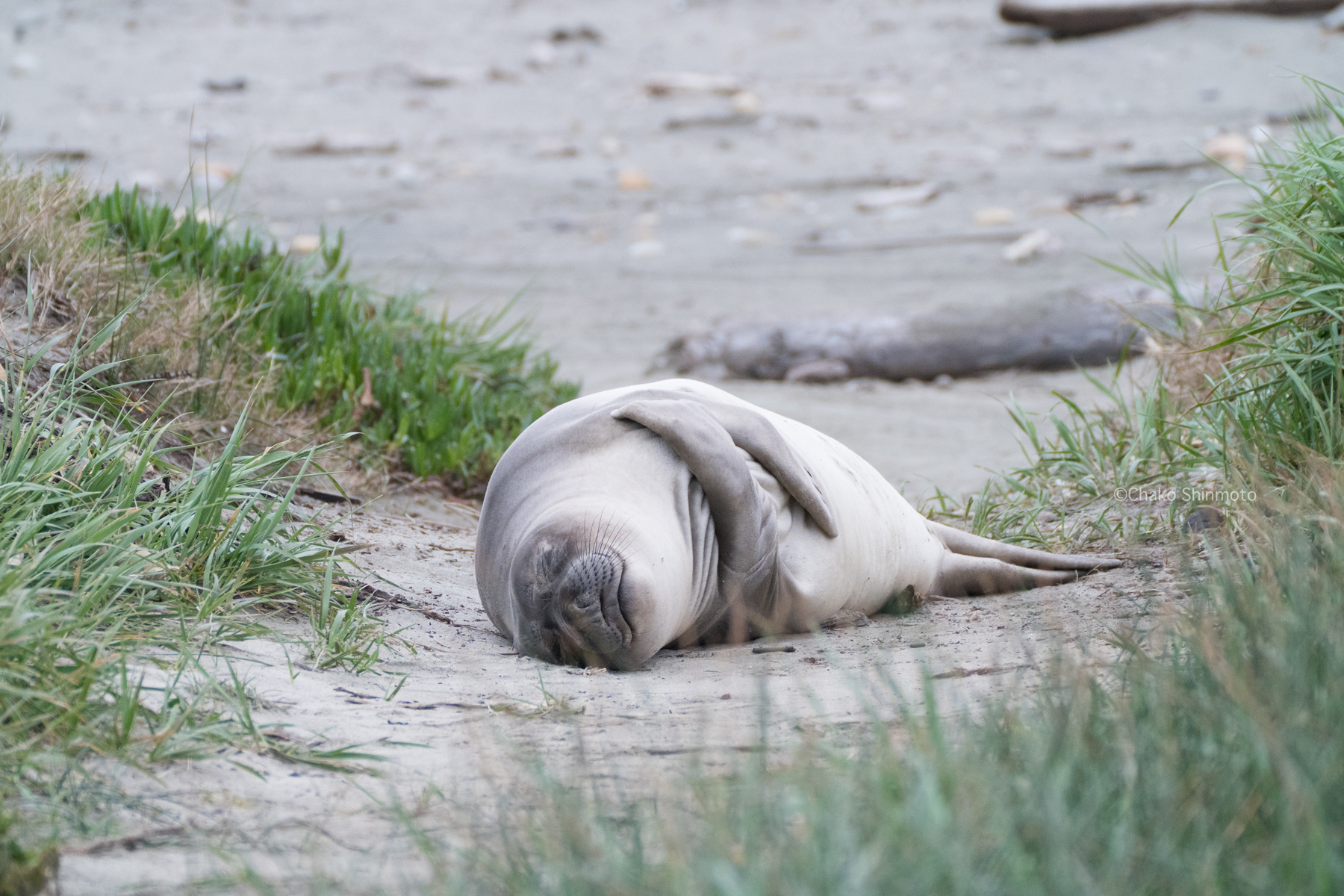
(Sausalito, CA) While primarily a rescue and rehabilitation organization, The Marine Mammal Center also contributes to research and often works with data collected on wild populations. Their work frequently involves responding to stranded elephant seals, providing another avenue for data collection and public education.